Ho Chi Minh City , 34-year-old man was poisoned after eating cicada pupae because he mistook it for nutritious food "cordyceps".
On the evening of May 24, Dr. Nguyen Thi Thuy Ngan, Deputy Head of the Department of Tropical Diseases, Cho Ray Hospital, said that the patient was admitted to the hospital in a state of consciousness, urinary retention, muscle weakness, abdominal pain, vomiting, and slow heart rate.
Three days ago, this person went to work in the garden and found cicada pupae with mushroom-shaped bodies, so he thought they were cordyceps, and brought them home to eat about 12 to 14 pupae. Immediately after, he felt tired, had a headache, stomachache, and vomited a lot. His family took him to the Southern Binh Thuan Regional General Hospital for first aid and then transferred him to Cho Ray.
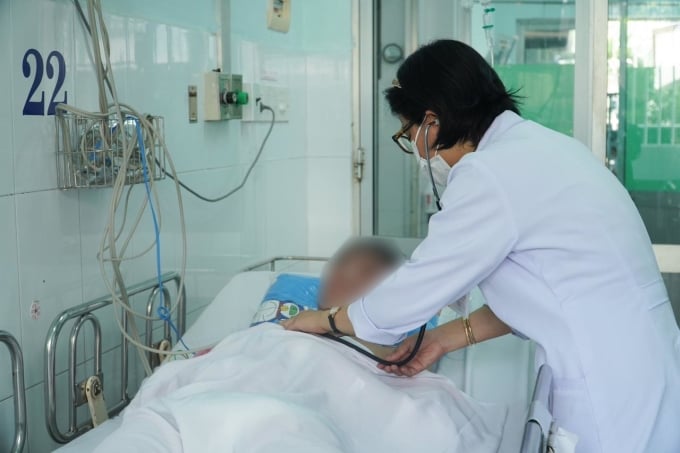
Dr. Nguyen Thi Thuy Ngan, Deputy Head of Tropical Diseases Department, Cho Ray Hospital, examines a patient. Photo: Provided by the hospital
According to Dr. Ngan, cicadas lay eggs in the soil, the eggs develop into larvae also known as cicada pupae. Cicada pupae are in the soil, possibly next to fungal spores. These fungi attack and live parasitically on the host (cicada pupae). They replace the host's tissues and grow long stems, sucking nutrients from the host, causing the host to die and grow outside the host's body. That's why they are called Cordyceps - a nutritious food, said to be very good for male physiology.
Depending on whether the parasitic fungus on the host is beneficial to human health or poisonous, Cordyceps can be nutritious food or toxic to humans, as in the case of this patient.
Dr. Ngan said it is currently impossible to determine exactly what type of mushroom caused the patient's poisoning. Diagnosis is mainly based on medical history, as well as symptoms of poisoning. "There is no specific antidote for mushroom poisoning after eating cicada carcasses, only supportive treatment for the patient's symptoms," said Dr. Ngan.
The patient is in the Emergency Resuscitation Room of the Tropical Diseases Department, conscious, responsive and breathing on his own, with improved muscle strength in all four limbs. The patient's heart rate is slightly slow and his pulse and blood pressure are being closely monitored.
Doctor Ngan warns that cicada pupae can be mistaken for cordyceps and should not be eaten. Cordyceps should be purchased from a place with a clear origin, guaranteed quality or with expert advice.
American Italy
Source link




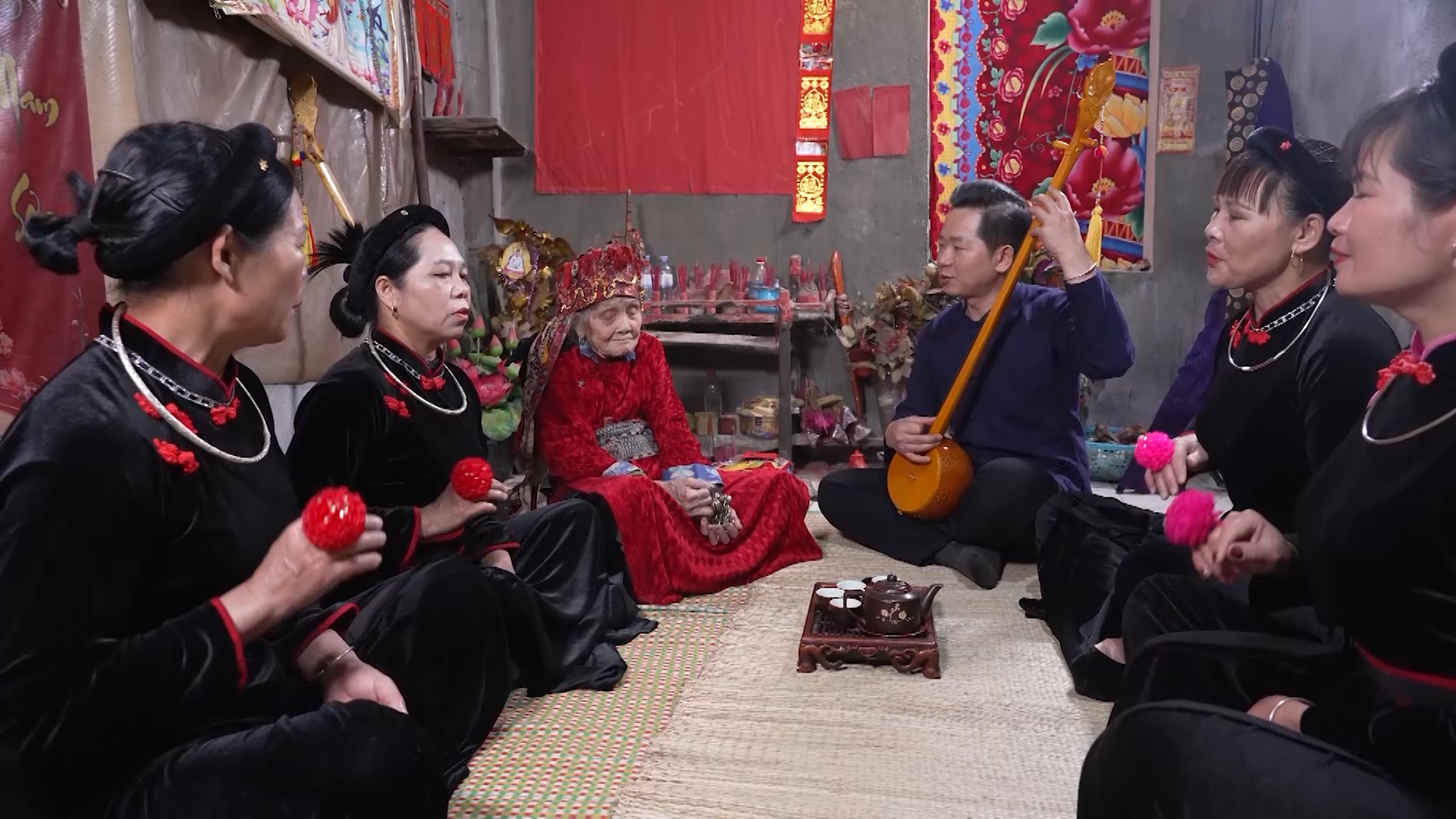
![[Photo] Closing of the 11th Conference of the 13th Central Committee of the Communist Party of Vietnam](https://vstatic.vietnam.vn/vietnam/resource/IMAGE/2025/4/12/114b57fe6e9b4814a5ddfacf6dfe5b7f)






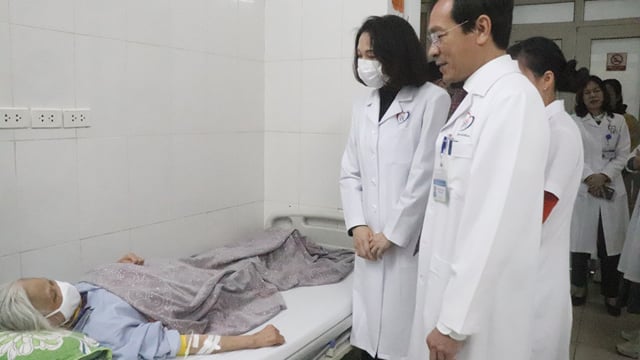
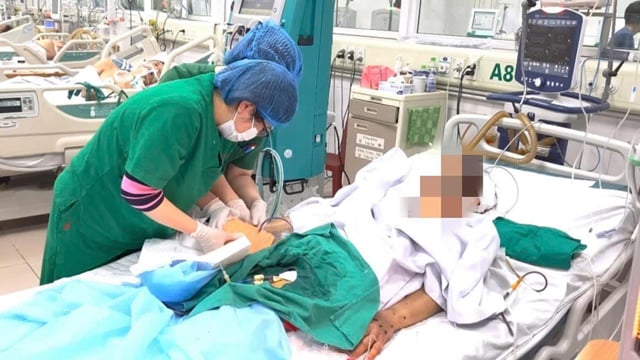
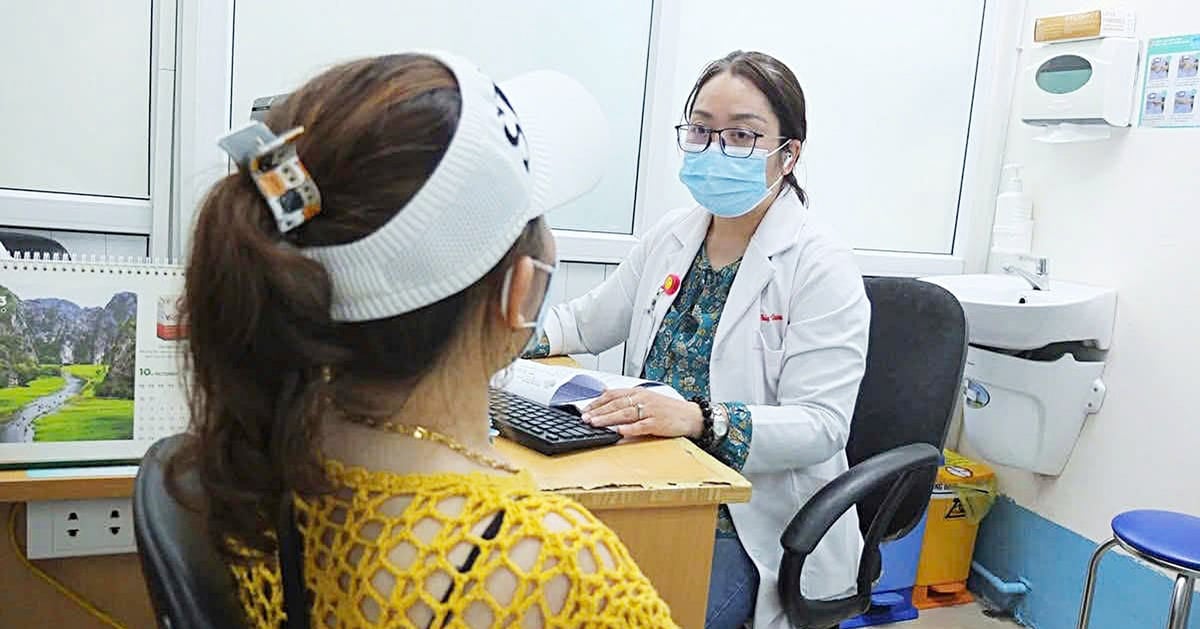

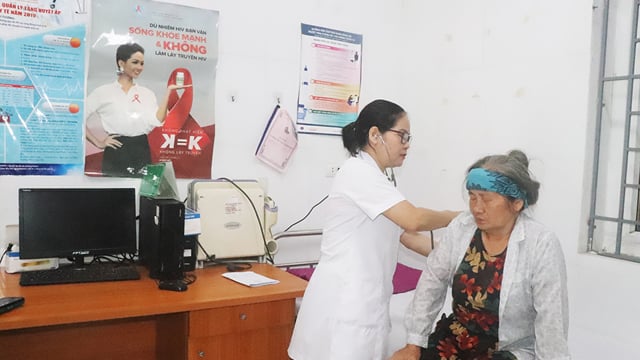

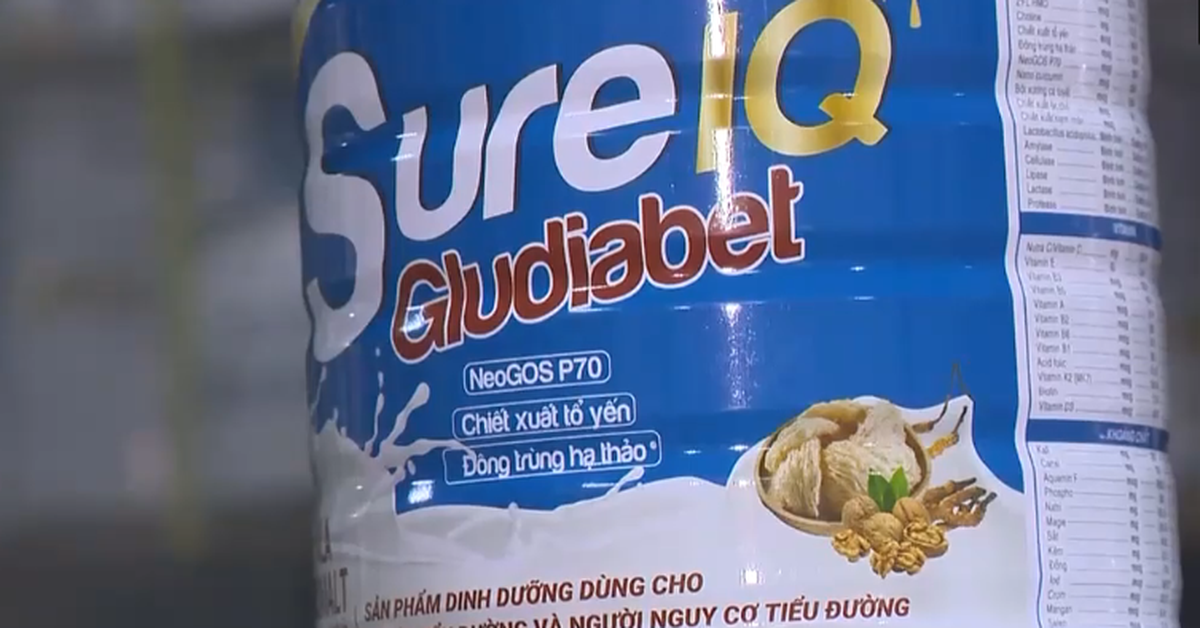
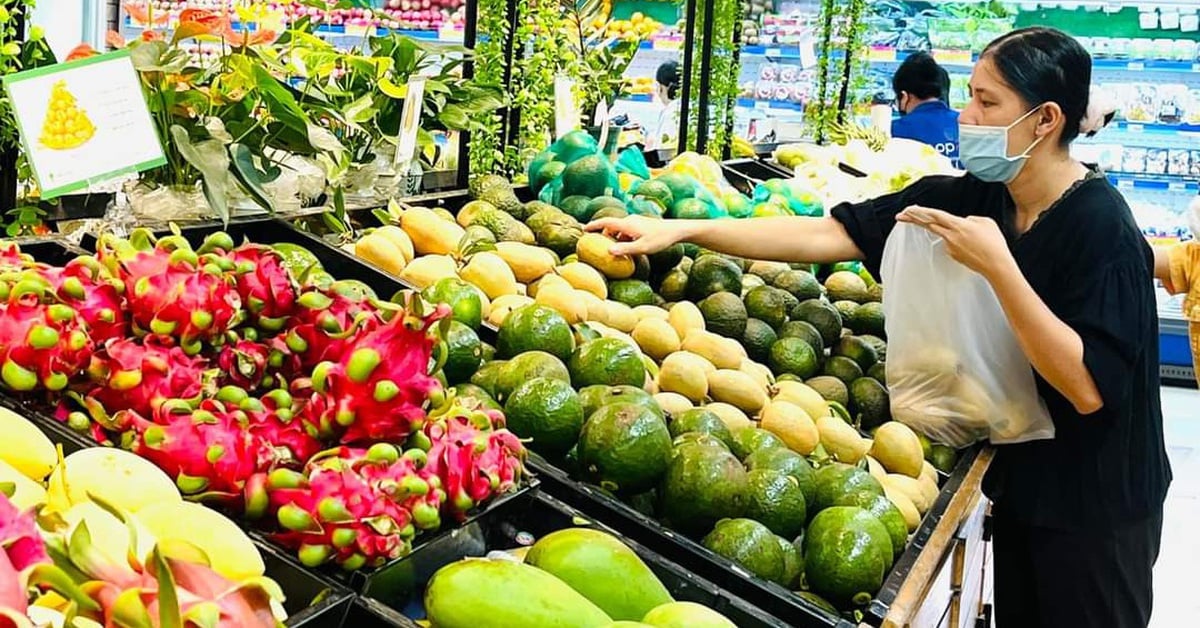


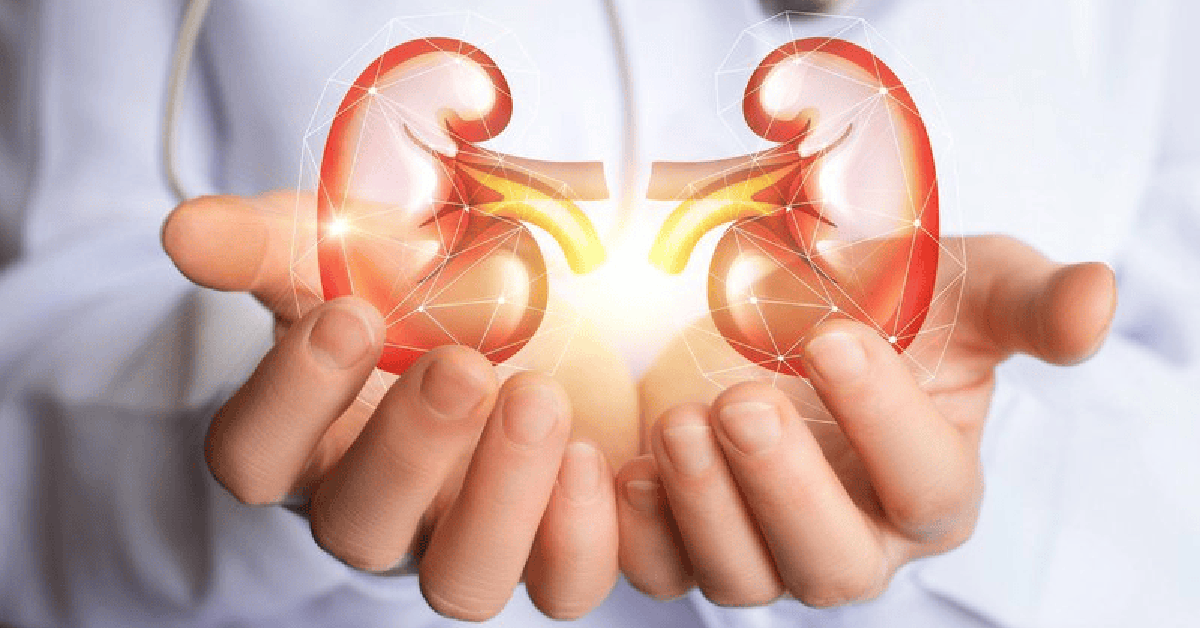










![[Photo] Overcoming all difficulties, speeding up construction progress of Hoa Binh Hydropower Plant Expansion Project](https://vstatic.vietnam.vn/vietnam/resource/IMAGE/2025/4/12/bff04b551e98484c84d74c8faa3526e0)










































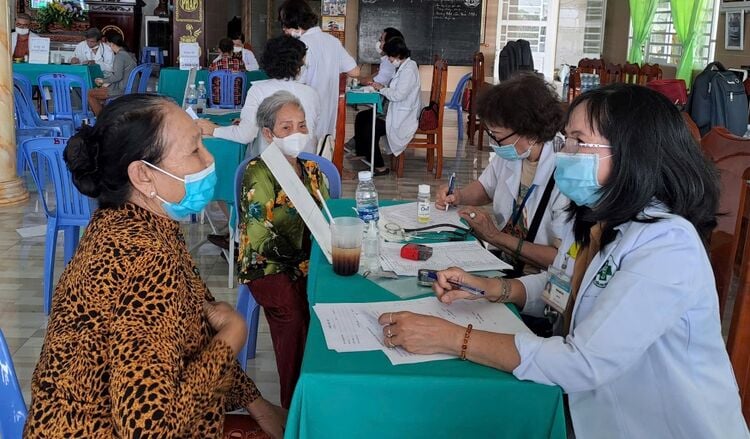

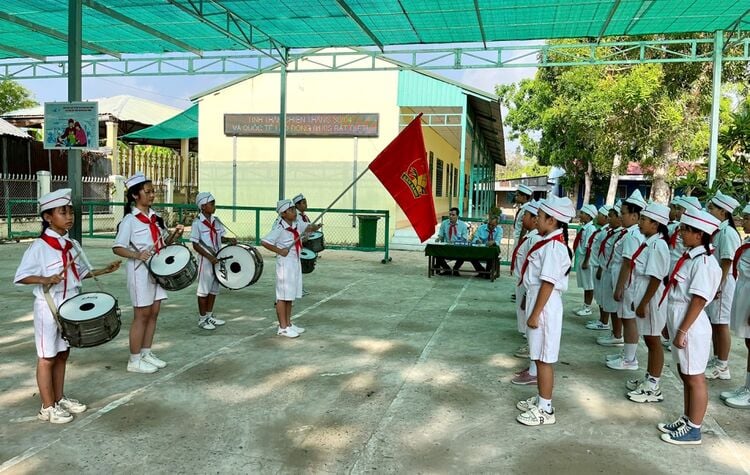






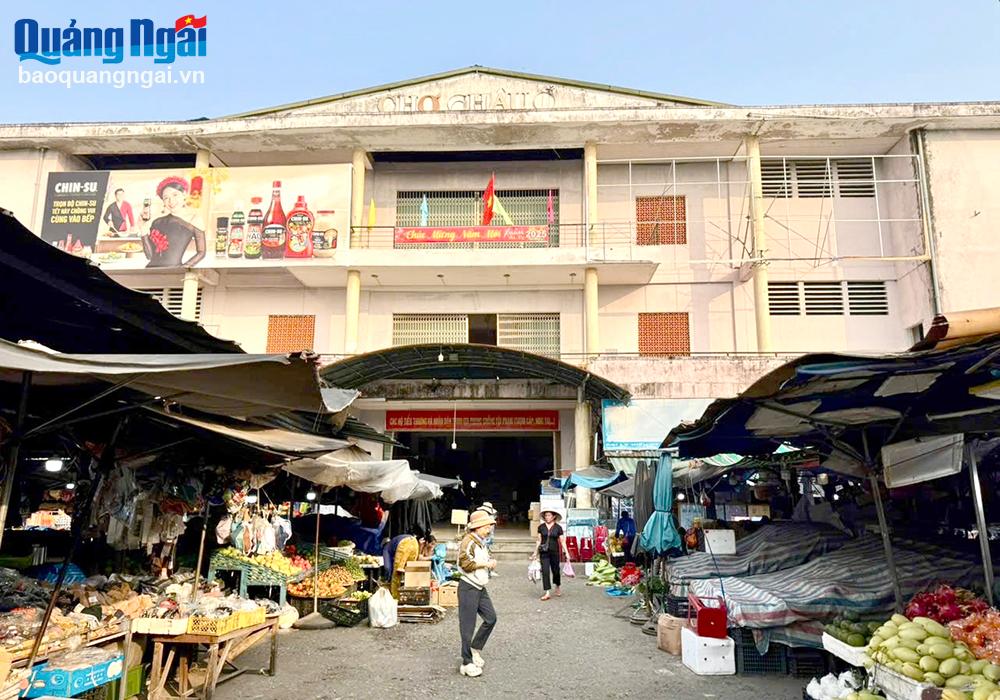











Comment (0)